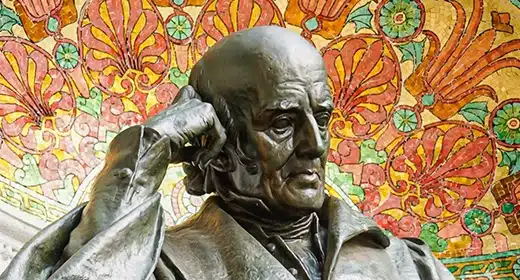Samuel Hahnemann (1755-1843) born April 10, 1755 in Meissen, Germany was the founder of Homoeopathy and he established the fundamental principles of the science and art of Homoeopathy. He is considered the Father of Experimental Pharmacology because he was the first physician to prepare medicines in a specialized way; proving their effectiveness by using them on healthy human beings, to determine how the medicines acted to cure diseases. Before Hahnemann, medicines were given on speculative indications, mainly on the basis of authority without experimental verification.
Dr. Hahnemann espoused the law of cure known as “Similia Similibus Curentur”, or “Like Cures Like”. This means that a remedy that produces symptoms in a healthy person will cure those same symptoms when manifested by a person in a diseased state. This law of cure has been verified by millions of homoeopaths all over the world since the time of Hahnemann.
Hahnemann’s three major publications illumine the development of homeopathy. In the Organon of Medicine (revised six times), we see the fundamentals laid out. Materia Medica Pura records the exact symptoms of the remedy provings. In his book, The Chronic Diseases, Their Peculiar Nature and Their Homoeopathic Cure, he showed us how the natural diseases become chronic in nature when suppressed by improper treatment.
Dr. Hahnemann treated thousands of difficult and chronic cases that defied the best care from allopaths all over Europe. He became well-known for this and physicians from Europe and America came to him for coaching in the new science and art of healing, called Homoeopathy.








